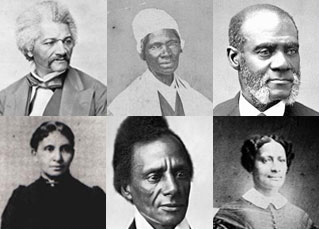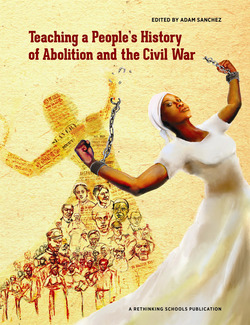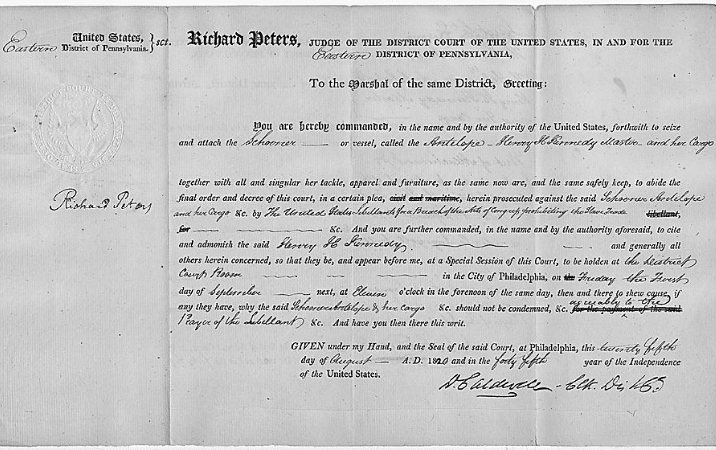
“The Amistad Trial” by Hale Woodruff from a mural at Talladega College called The Amistad Mutiny, 1939. Click image to learn more.
On July 2, 1839, Africans on the Cuban schooner Amistad rose up against their captors, seizing control of the ship, which had been transporting them to chattel slavery. Here is a description from the Library of Congress:
On July 2, 1839, Joseph Cinqué led fifty-two fellow captive Africans, recently abducted from the British protectorate of Sierra Leone by Portuguese slave traders, in a revolt aboard the Spanish schooner Amistad. The ship’s navigator, who was spared in order to direct the ship back to western Africa, managed, instead, to steer it northward. When the Amistad was discovered off the coast of Long Island, New York, it was hauled into New London, Connecticut by the U.S. Navy.
President Martin Van Buren, guided in part by his desire to woo pro-slavery votes in his upcoming bid for reelection, wanted the prisoners returned to Spanish authorities in Cuba to stand trial for mutiny. A Connecticut judge, however, issued a ruling recognizing the defendants’ rights as free citizens and ordering the U.S. government to escort them back to Africa.
The U.S. government eventually appealed the case to the Supreme Court. Former president John Quincy Adams, who represented the Amistad Africans in the Supreme Court case, argued in their defense that it was the illegally enslaved Africans, rather than the Cubans, who “were entitled to all the kindness and good offices due from a humane and Christian nation.” Cinque testified on his own behalf. The victory in the case of the United States v. The Amistad was a significant success for the abolition movement.
Find primary documents about the Amistad case at the National Archives.
For children, we recommend the picture book Africa Is My Home: A Child of the Amistad about Margu, a child on the Amistad. The book includes the story of her captivity during the trial, the court case, her eventual return to Mendeland in Sierra Leone, her later return to the United States, and her graduation from Oberlin College. For high school and adults, read The Amistad Rebellion: An Atlantic Odyssey of Slavery and Freedom by Marcus Rediker.
Read how students learned about slavery and abolitionism in New York, including the Amistad Defense Committee in Reclaiming Hidden History: Students Create a Slavery Walking Tour in Manhattan.











Twitter
Google plus
LinkedIn